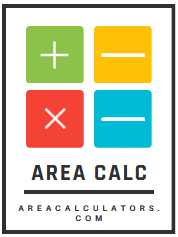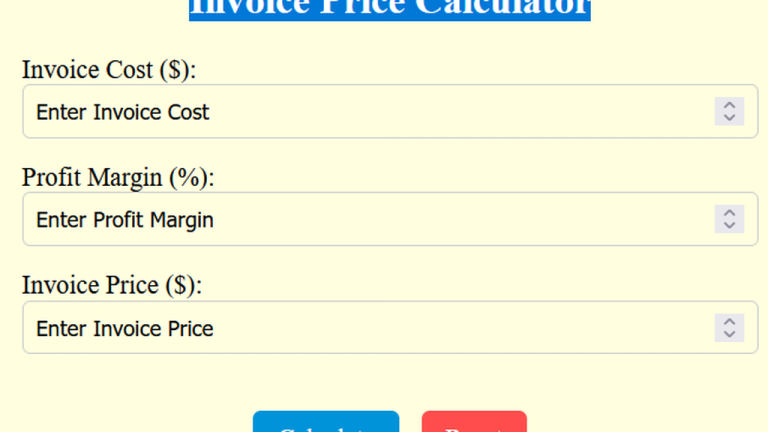Escrow Shortage Calculator
To calculate an escrow shortage, subtract the escrow amount available from the total amount required and divide it by the number of months in the loan term.
The Escrow Shortage Calculator is a vital financial tool designed to estimate any shortfall in your escrow account. Escrow accounts are typically used to pay property taxes and insurance premiums, ensuring timely payments. If there is a discrepancy between the total amount required and the amount available, an escrow shortage occurs.
This calculator simplifies the process of determining your shortage, aiding in better financial planning and management of mortgage payments.
Formula:
| Variable | Description |
|---|---|
| Escrow Shortage (in currency) | |
| Total Amount Required (taxes + insurance) | |
| Escrow Amount Available | |
| Number of months in the loan term |
Solved Calculations:
Example 1: Small Escrow Shortage
| Step | Value | Explanation |
|---|---|---|
| Total Amount Required () | $5,000 | Taxes and insurance due |
| Escrow Amount Available () | $4,500 | Amount available in escrow |
| Loan Term () | 12 months | Payment spread across 12 months |
| Escrow Shortage () | Monthly shortage amount |
Example 2: Large Escrow Shortage
| Step | Value | Explanation |
|---|---|---|
| Total Amount Required () | $12,000 | Annual taxes and insurance |
| Escrow Amount Available () | $9,000 | Amount currently available |
| Loan Term () | 12 months | Loan term duration |
| Escrow Shortage () | Monthly payment to cover shortage |
What is the Escrow Shortage Calculator?
The Escrow Shortage Calculator is a reliable tool. It is designed to help homeowners, lenders, and borrowers assess and manage escrow account shortages.
Escrow accounts are used to hold funds for expenses such as property taxes and homeowner’s insurance, and shortages occur when the balance falls below the required amount.
By inputting key details like your current escrow balance, projected payments, and monthly contributions, the calculator quickly identifies the amount of shortage and suggests ways to address it.
This tool is particularly useful for managing mortgage-related escrow accounts and understanding the impact of changes in taxes or insurance premiums.
Additionally, the calculator can assist in determining whether to make a lump-sum payment to cover the shortage or spread it over monthly payments.
It is widely used by individuals planning their mortgage payments, lenders performing annual escrow analyses, and anyone navigating unexpected escrow adjustments.
Final Words:
In summary, the Escrow Shortage Calculator empowers users to effectively manage escrow account balances, helping them avoid potential financial surprises. Its precision and simplicity make it an invaluable resource for homeowners and financial professionals alike.



